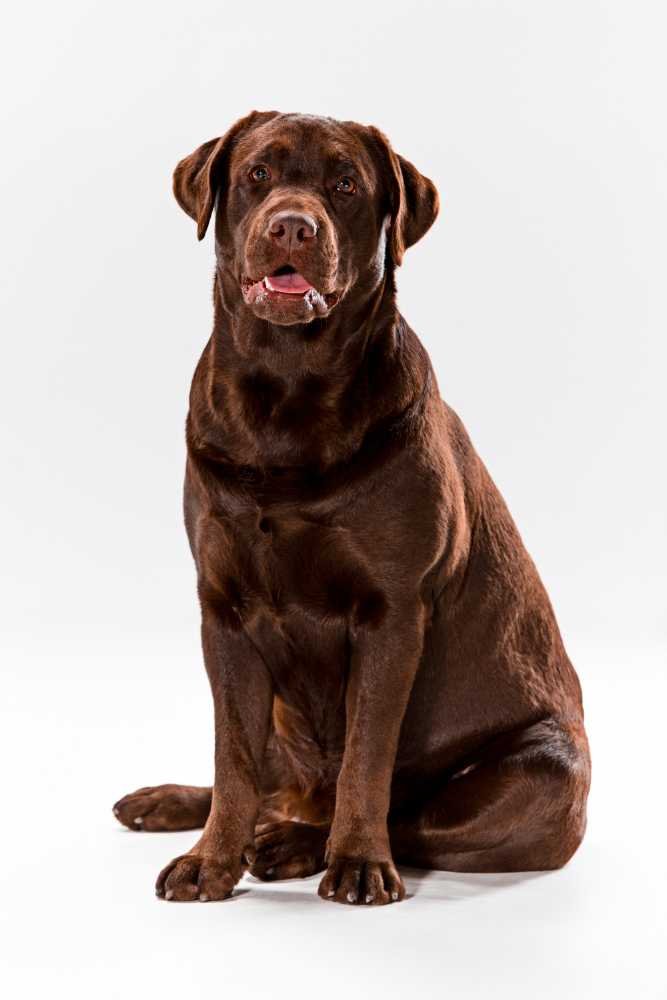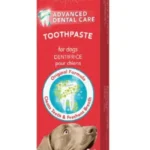Your dog has been with you for years now, and you know their routine by heart. So, it is easy to note any sudden behavior change, like a sudden increase in their water intake. Usually, there are some simple reasons behind your dog drinking more water. It could be they have been active during the day, or it’s the summer, and it has been hot. Sometimes even the food they eat could make them thirsty. But when you observe your senior dog drinking too much water constantly, there might be an underlying health issue.
Usually, a dog should drink one ounce for every pound of its body weight. Is your senior dog drinking more than it should? It could be dehydration or an underlying medical condition e.g. diabetes mellitus, kidney failure, or Cushing’s disease. The only way to be certain about what ails your dog is to schedule a vet visit. Meanwhile, here are some possible reasons behind your senior dog drinking too much water,
Factors That Affect How Much Water Your Dog Drinks
Like humans, dogs and other animals too need to take water. How much water a dog takes depends on a few factors- weather, diet, level of activity, and coat thickness. So, if your dog is suddenly drinking all the water and needs more, it could be because;
- It is on a hot day
- They ate too much dry food
- Their coat is not as thick
- They have been excessively active
4 Reasons Your Senior Dog is Drinking Too Much Water
The four most common reasons behind your senior dog drinking too much water are; diabetes mellitus, kidney failure, Cushing’s disease, or simply dehydration. Here are additional symptoms for each reason
1. Dehydration
Maybe your senior dog drinking too much water is a sign of dehydration. Dehydration is common and can occur in dogs of any age. While knowing your dog is just dehydrated and not ill may be a relief, dehydration is life-threatening.
To ascertain it is dehydration, try a skin turgor test. If your dog’s skin does not return to position fast, it may be dehydrated. But if it does not fully return to position, it could be severely dehydrated. However, the skin turgor test is not always accurate, and it is important to consult your vet immediately. You can prevent dehydration by always ensuring your dog has clean water to drink.
2. Diabetes Mellitus
This condition is caused by an insulin deficiency in the body. The body needs insulin to remove sugar in the form of glucose from the blood. So, glucose builds up in the blood when the insulin is low or lacking.
The kidneys help conserve the glucose in the bloodstream. When the blood sugar is in excess, the filtering may become inefficient as the kidneys overwork. The result is that glucose spills into the urine and takes extra water. So, your dog will have an increased thirst to replace the water and frequently urinate.
3. Kidney Failure
The role of the kidney is to filter out impurities in the blood and excess water. As dogs age, their kidneys are prone to failing. This is because their body organs do not work as effectively as they used to when they were younger.
They might also suffer from kidney failure due to dehydration or an electrolyte imbalance. Additionally, senior dogs are more susceptible to urinary tract infections due to lower immunity. So, if your dog frequently suffers from UTIs, the condition can penetrate the kidneys. If left untreated, over time, it might cause kidney disease or even kidney failure.
4. Cushing’s disease
Commonly referred to as hyperadrenocorticism, Cushing’s disease comes about due to hormonal imbalance due to high cortisol levels in the bloodstream. It is characterized by long-term exposure to the cortisol hormone. If your dog has Cushing’s disease, it will have other symptoms like excessive water drinking and urination.
Additional symptoms include a pot-bellied appearance, ravenous appetite, skin disease, and muscle weakness. However, these symptoms develop gradually, and most pet owners might confuse it as a normal sign of ageing.
Cushing’s disease is common among dogs who have undergone numerous surgeries, dealt with trauma, or been in an accident. In these cases, your dog’s adrenal glands, which produce cortisol, may have become shocked or overworked, a
How to Tell the Reason Behind Increased Water Intake
You cannot tell with certainty what is causing the increased water intake in your senior dog. Therefore, to be safer, schedule a visit with your veterinarian. Your vet will recommend some lab tests and a blood chemistry panel. These tests will check their major organ systems, ascertain they are working perfectly, and the level of electrolytes. Additionally, an incomplete blood count to assess red and white blood cells and a urinalysis will be important.
Here is a table on the possible underlying conditions your senior dog may have and how the vet will test for each:
| Condition | Evaluation |
| Dehydration | Skin turgor test turns positive Elevated levels of albumin (liver protein)Change in electrolytes |
| Diabetes Mellitus | Elevated blood glucose Presence of glucose in the urine |
| Kidney disease | High kidney values of BUN and Creat Excessively low urine specific gravity |
| Cushing’s | Changes in the WBC count Elevated levels of cholesterol High liver value ALP |
With the possibility of an underlying condition, as soon as you note your senior dog is drinking more water than usual, schedule a visit to your vet. Ensure you observe for other symptoms your dog might have, and it would be better if you had some specifics on the behavior change. Your vet will recommend tests and treatment if necessary. You can rely on your vet for an accurate diagnosis and the best outcome for your dog.
FAQ
Why is my old dog suddenly so thirsty?
There are a lot of reasons which could explain why your old dog may be suddenly very thirsty. They could be dehydrated or suffering from kidney disease, liver disease, kidney failure, diabetes mellitus, Cushing’s disease, etc. the only way to be certain is to visit a vet and have them run tests and identify the reason behind the sudden thirst.
Should I be worried if my dog is drinking more water than usual?
No, it is not a cause for concern if your dog drinks more water than usual, especially if it is just for a day. However, if the increased thirst continues to persist and is coupled with other symptoms, e.g., frequent urination, it might be a cause of concern.
Why is my older dog drinking and peeing so much?
If your older dog drinks a lot of water and pees so much, it could have diabetes mellitus, kidney disease, or kidney failure. Schedule a vet visit for an accurate diagnosis.
What does excessive water drinking in dogs mean?
It could simply mean they have been excessively active during the day, need to cool off since the temperatures are high, or have overeaten dry food. Excessive water drinking could also mean your dog is dehydrated or suffers from an underlying condition. There is no way to be certain, so observe their drinking pattern, and if the excessive wear drinking continues, consult your vet.
What are the signs of kidney failure in dogs?
Kidney failure signs in dogs include excessive drinking water, frequent urination, weight loss, loss of appetite, nausea, vomiting, loss of balance, lethargy, and blood in the urine.
How do I know if my senior dog has diabetes?
You can only be certain that your dog has diabetes after you see a vet, and they run tests that confirm that your dog is diabetic.
How can I test my dog for diabetes at home?
· Get a glucometer, test stripes, a lancing device or needle, gauze or cotton ball, and a treat your dog loves
· Pet your dog and play around with them for a few minutes
· Prepare the testing site where you get your dog’s blood sample. It can be the ear vein, inner lip, or paw pad.
· For the ear, get it ready either through a warm compress or by rubbing it up to increase blood flow to the area,
· Draw the blood. If you are using a lacing device, place it on the area, click the button, and apply firm pressure.
· For the inner lip, always do so if you are certain the dog will tolerate it. You can also use a needle to prick the skin.
· Insert the strip into the glucometer and have a sample of the blood onto the test strip [
· Wait for the value to read, and when it does, record it in a journal
· Meanwhile, apply pressure on the sample site where you have drawn the blood using the gauze or cotton ball
· Dispose of the needle in a closed sharp container
How long can a senior dog live with diabetes?
It will depend on the type of diabetes. However, if caught on time and with the appropriate care and treatment, your dog can lead a healthy life for two to three years after the diagnosis.
Is diabetes in dogs Curable?
No, it is not curable, but it is possible to manage it successfully.
What can be mistaken for diabetes in dogs?
Cushing’s disease is often mistaken for diabetes in dogs because they share a lot of symptoms.





